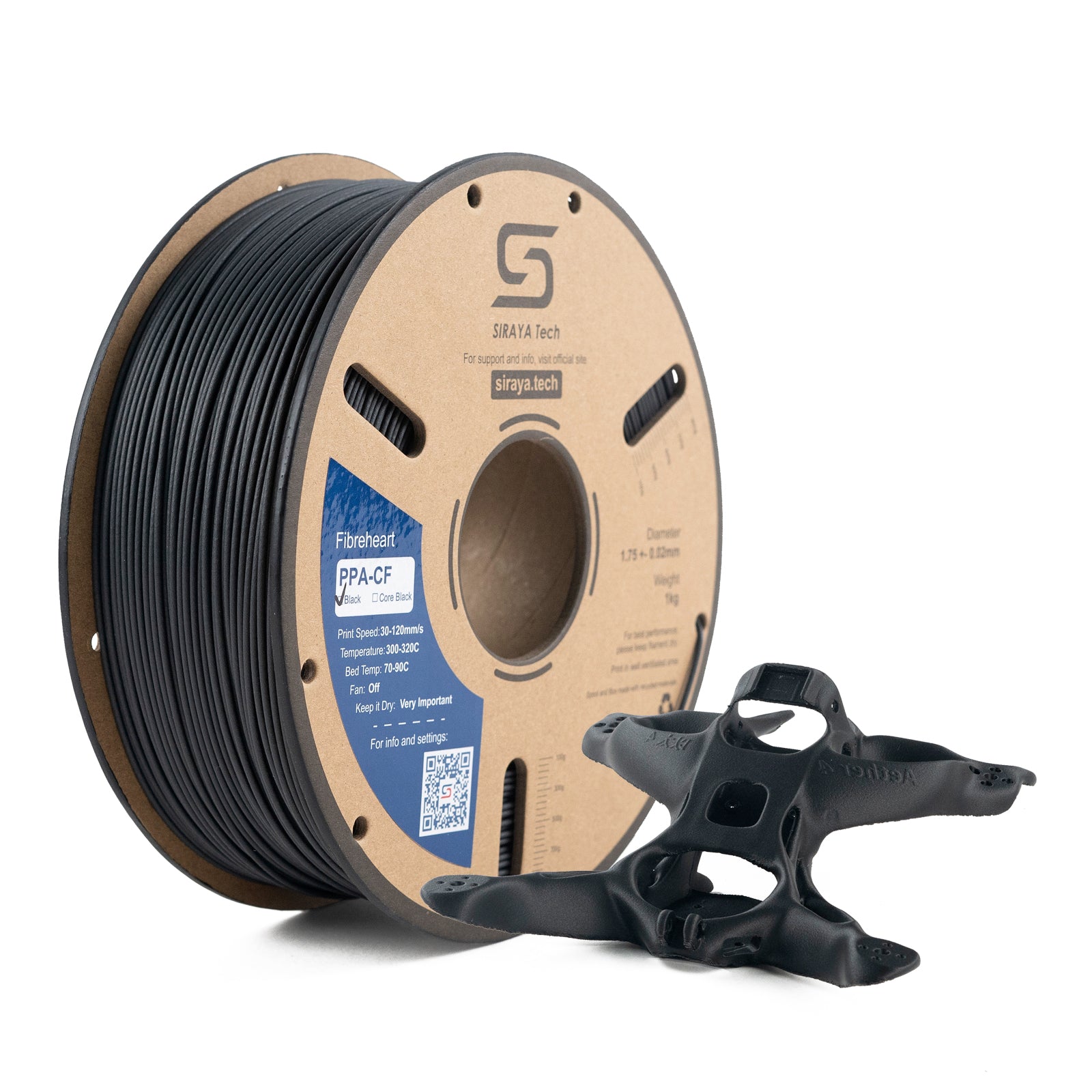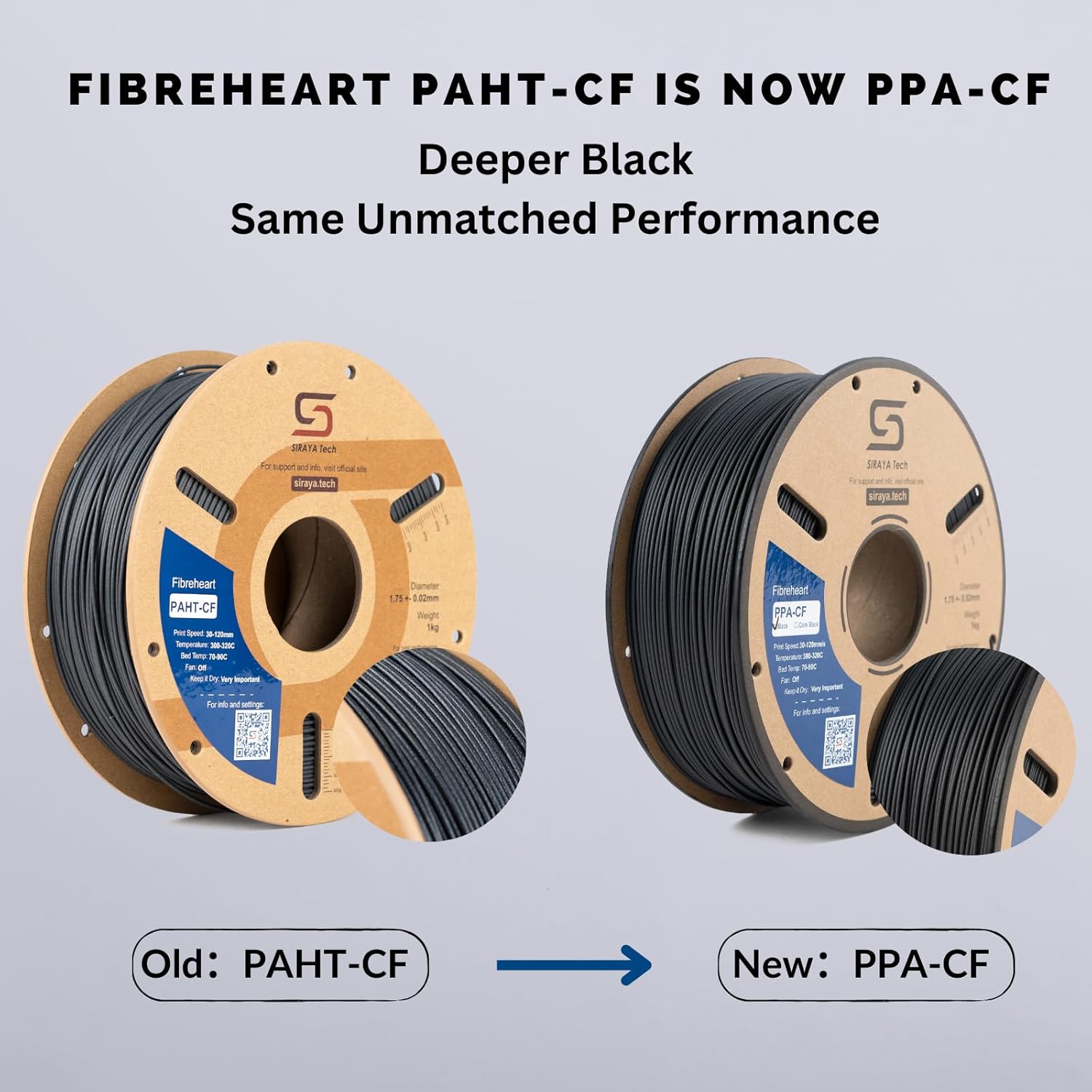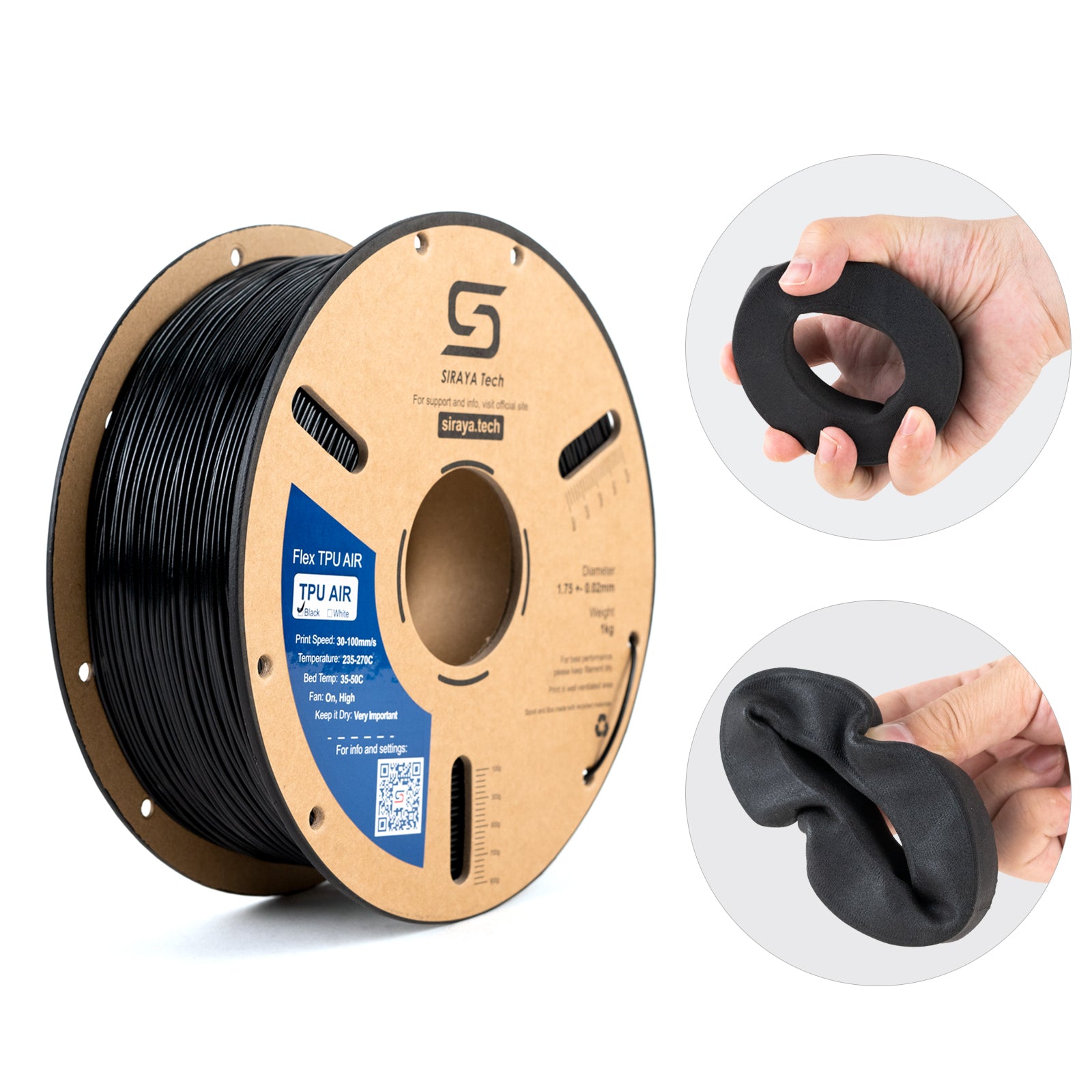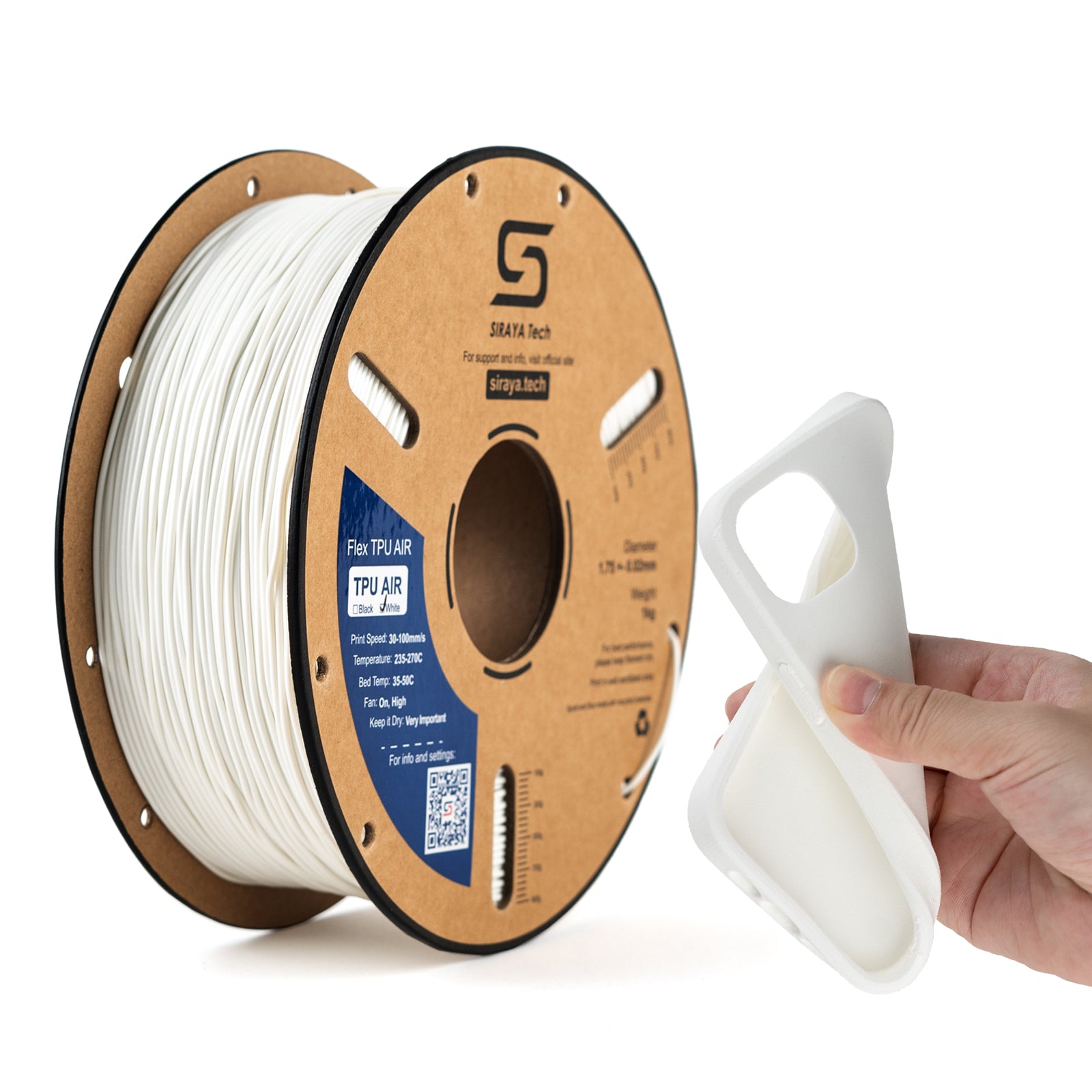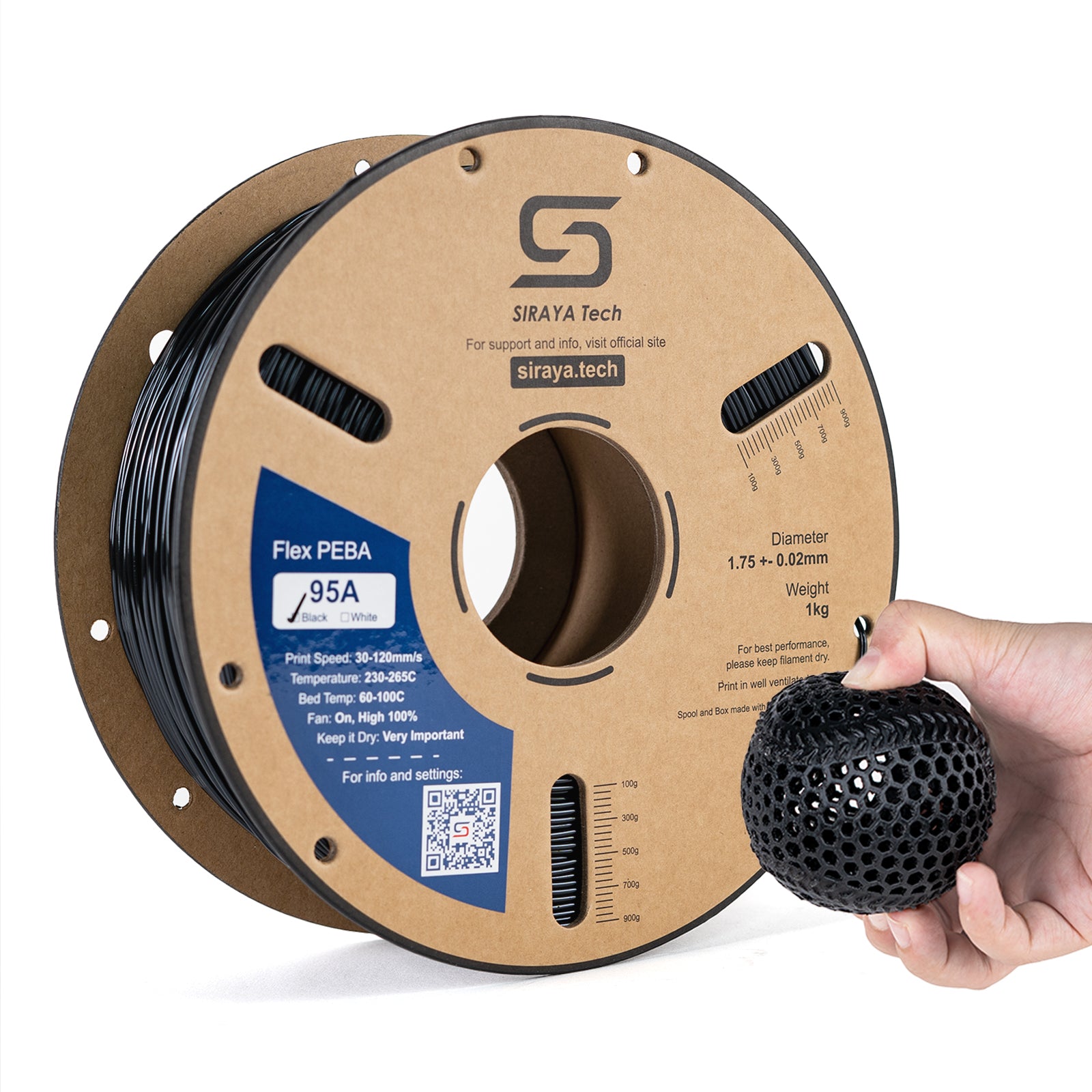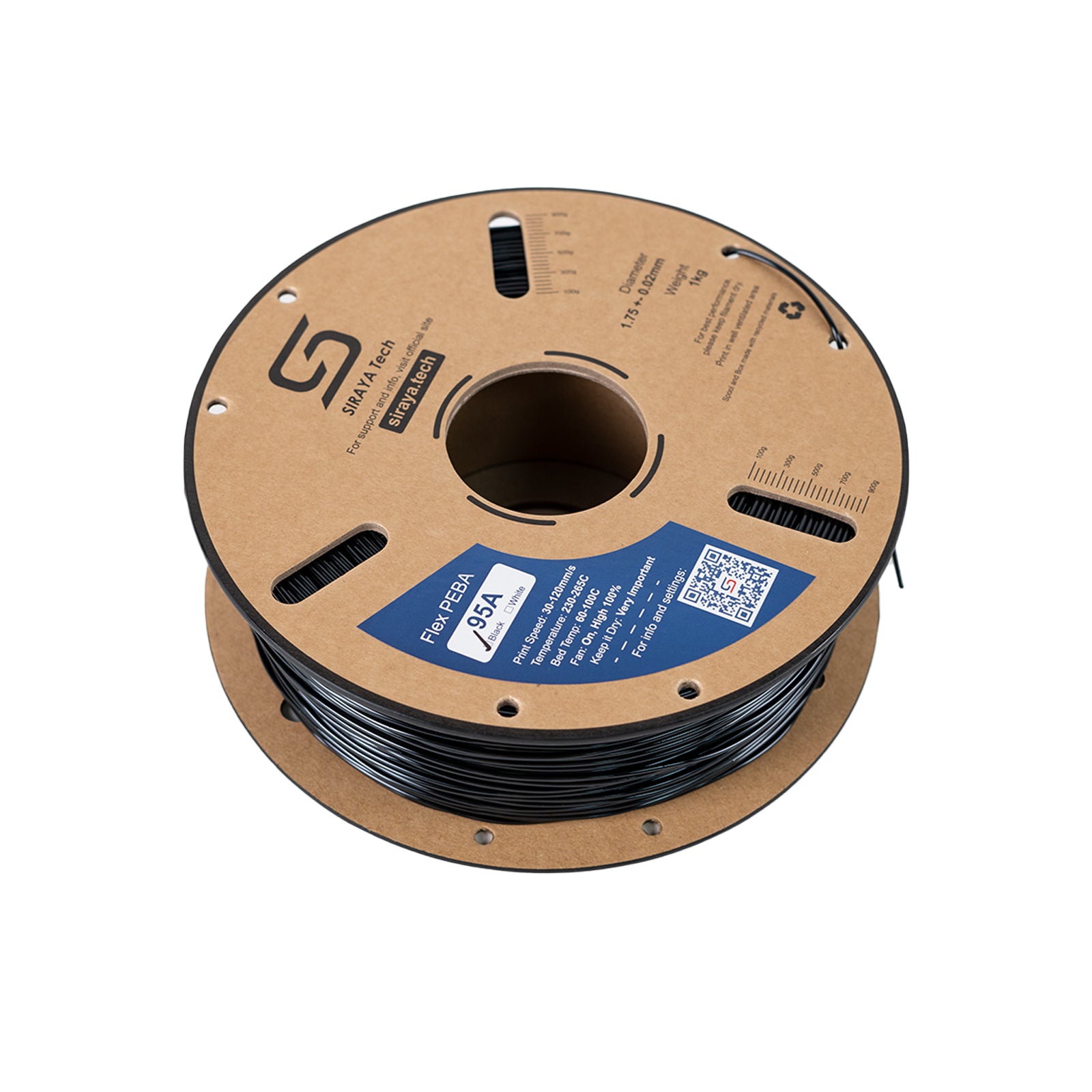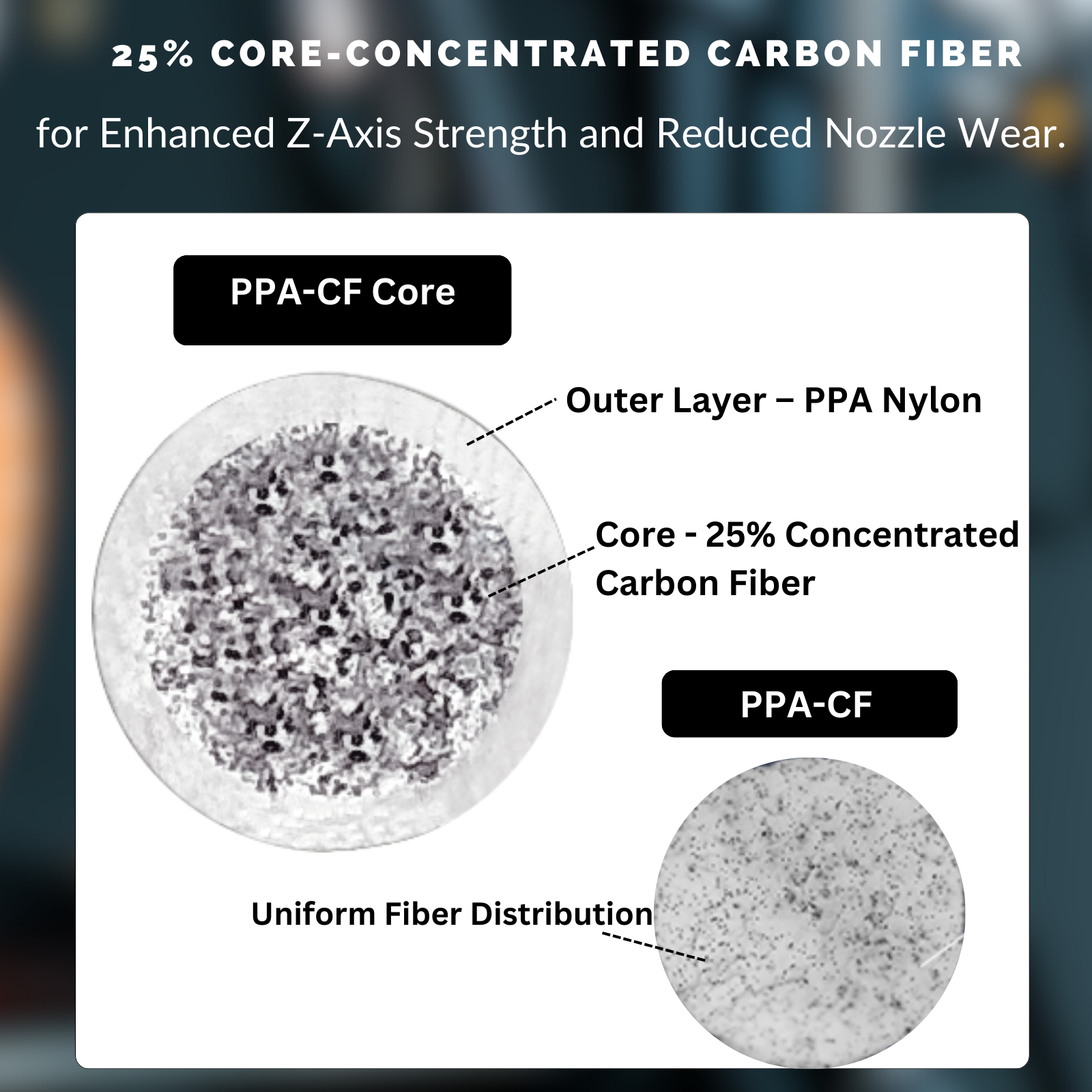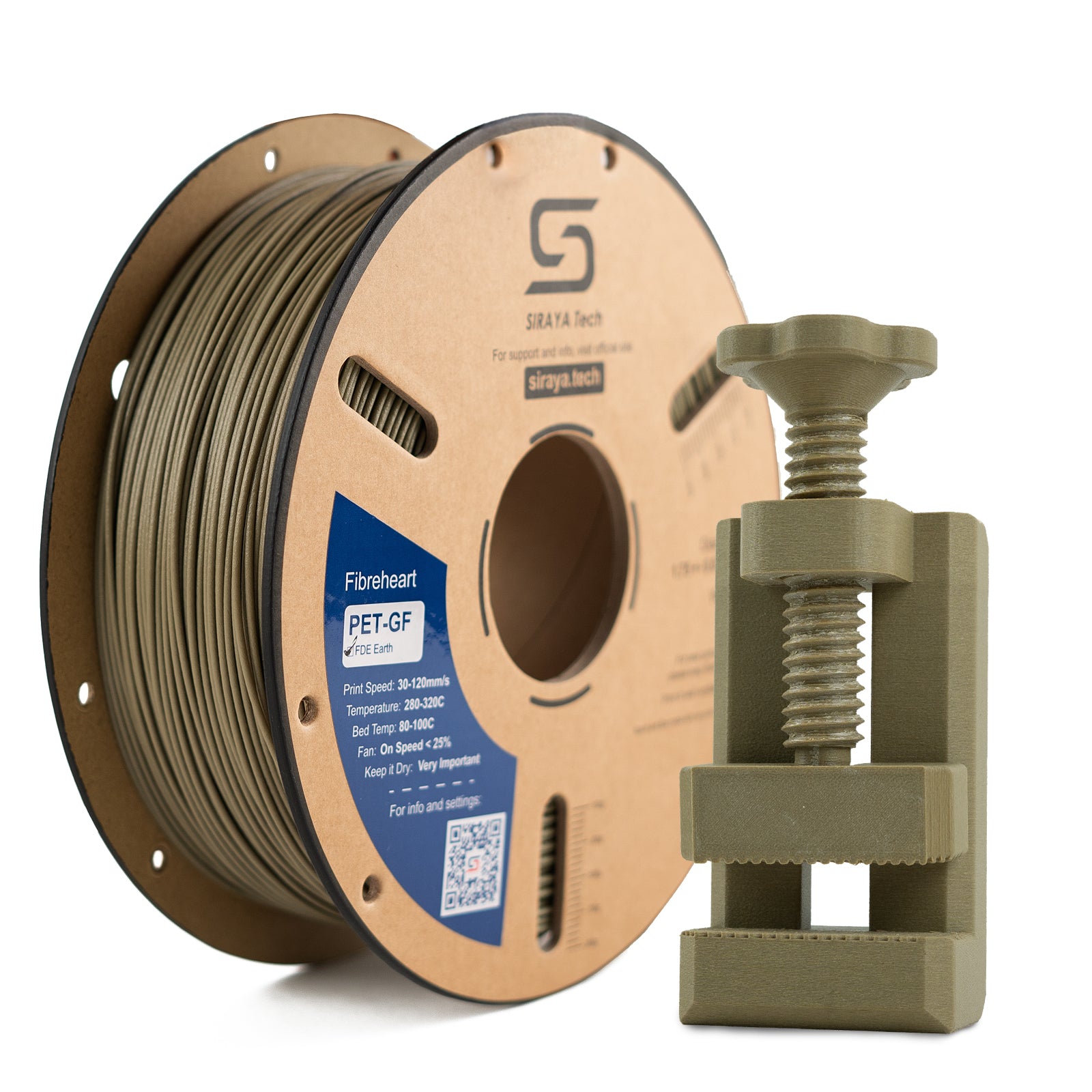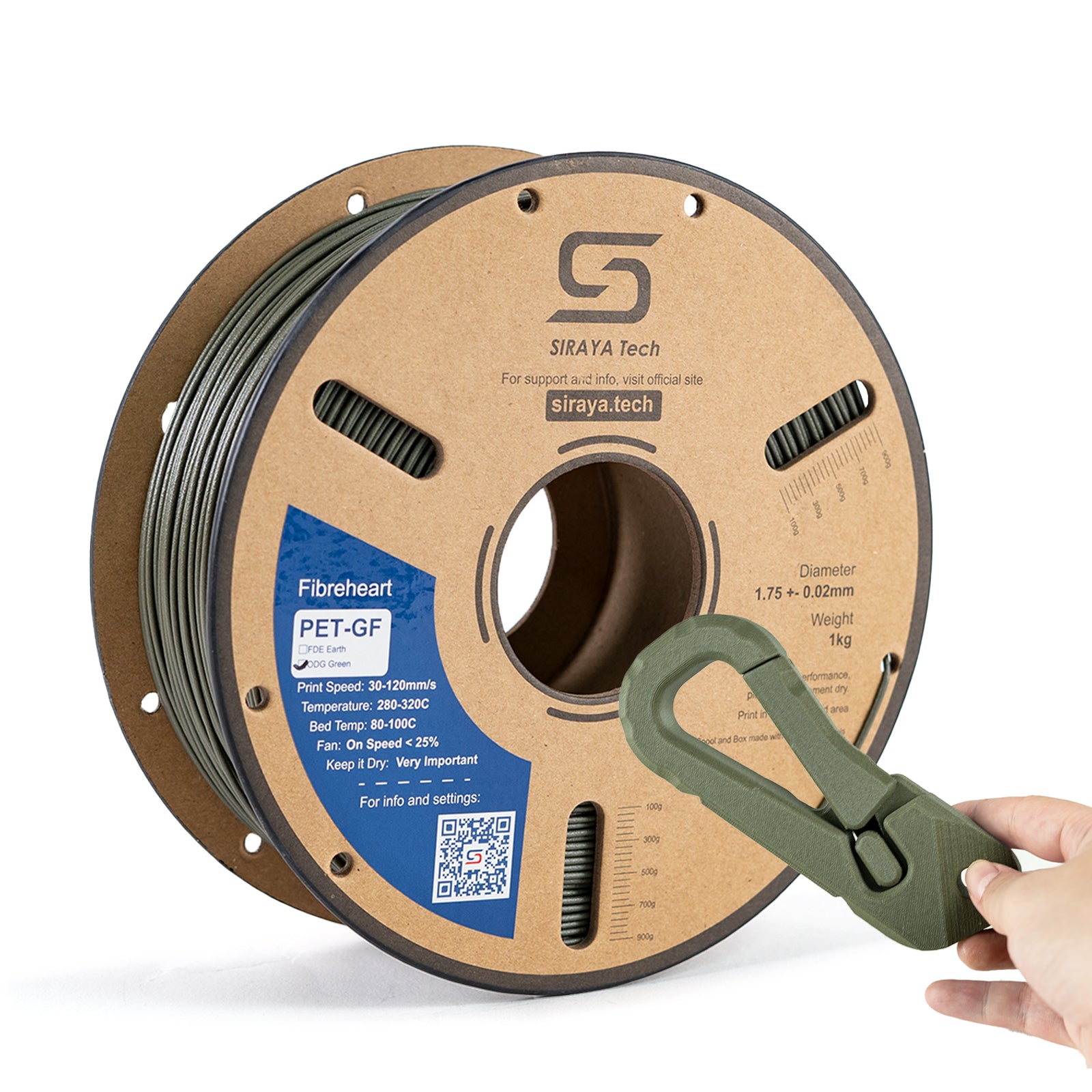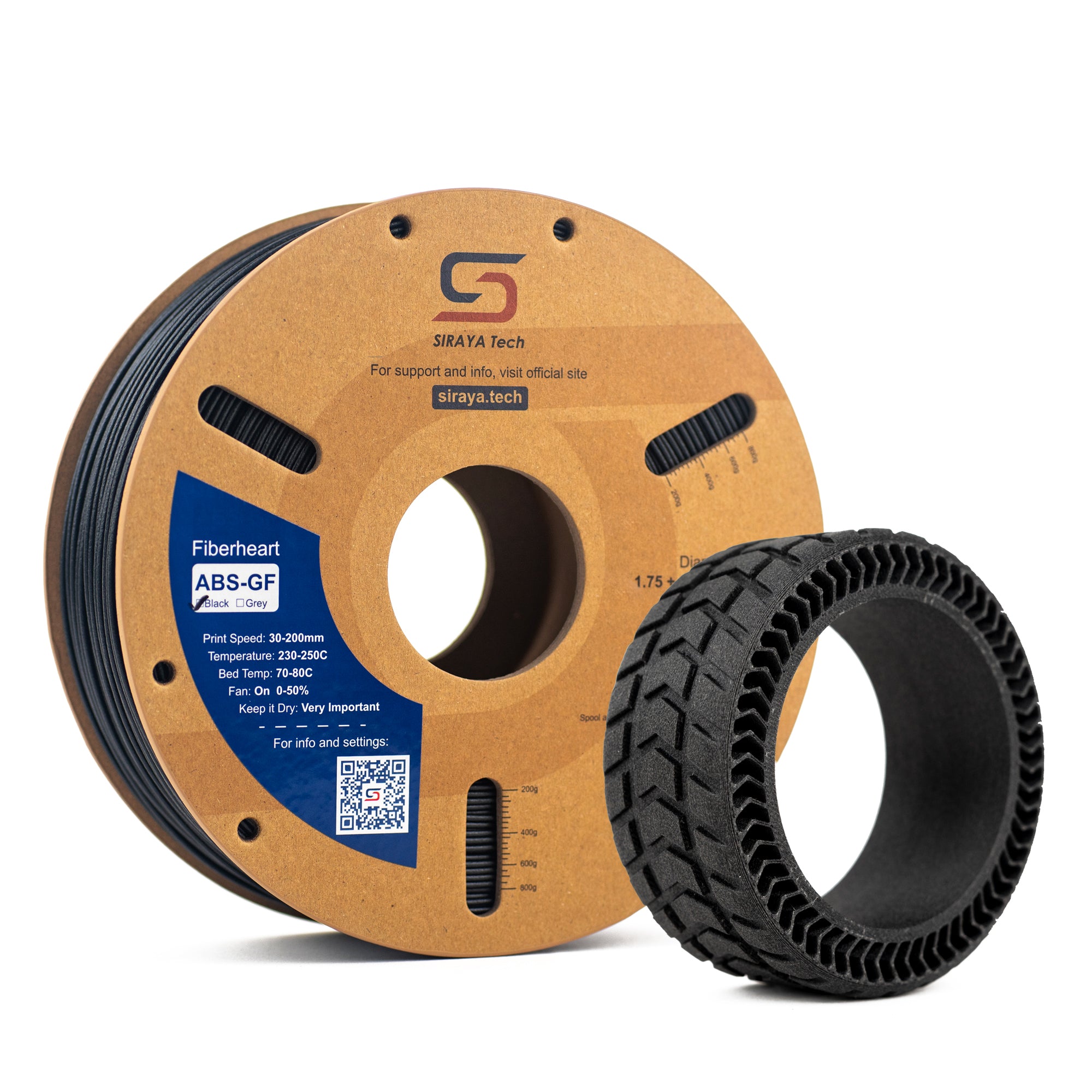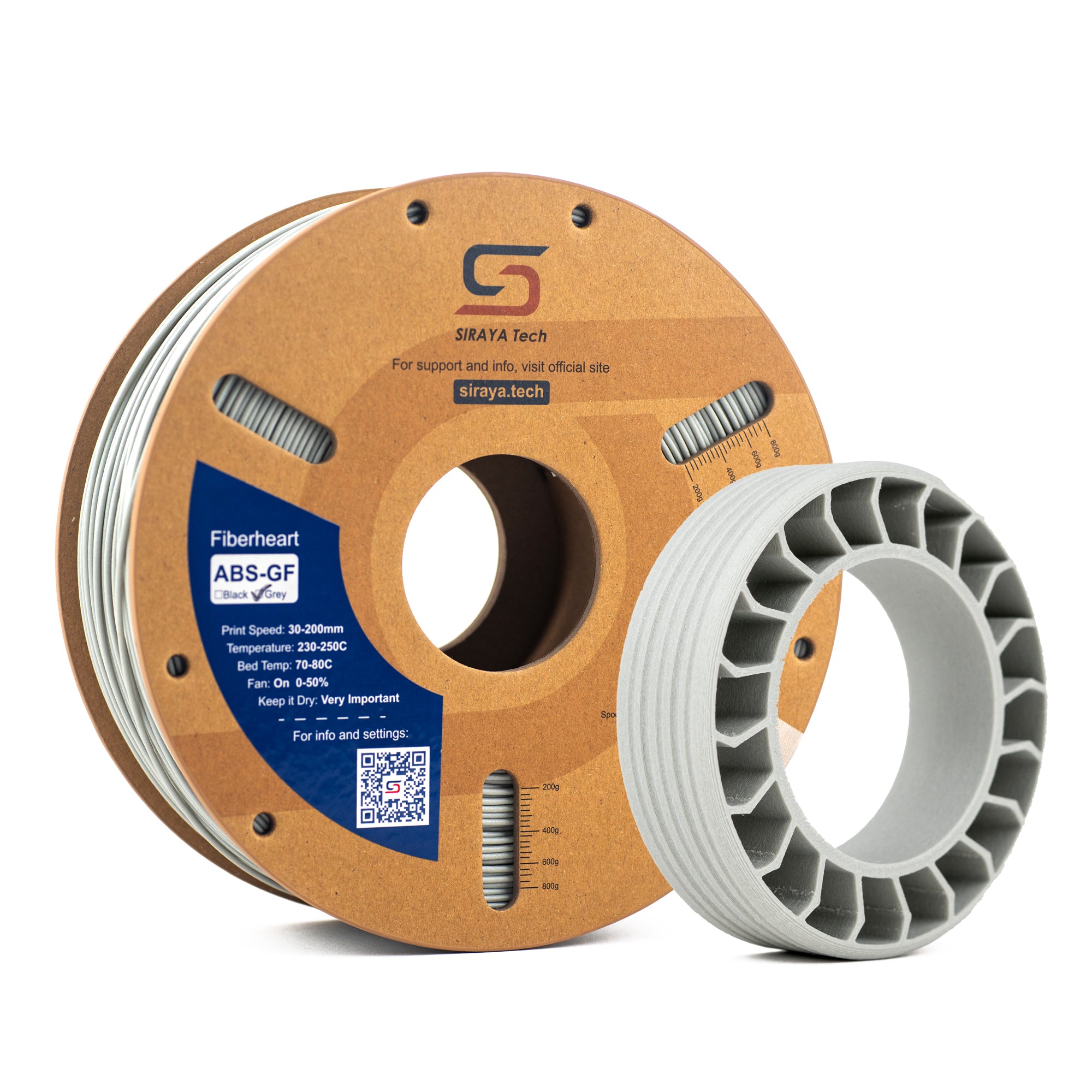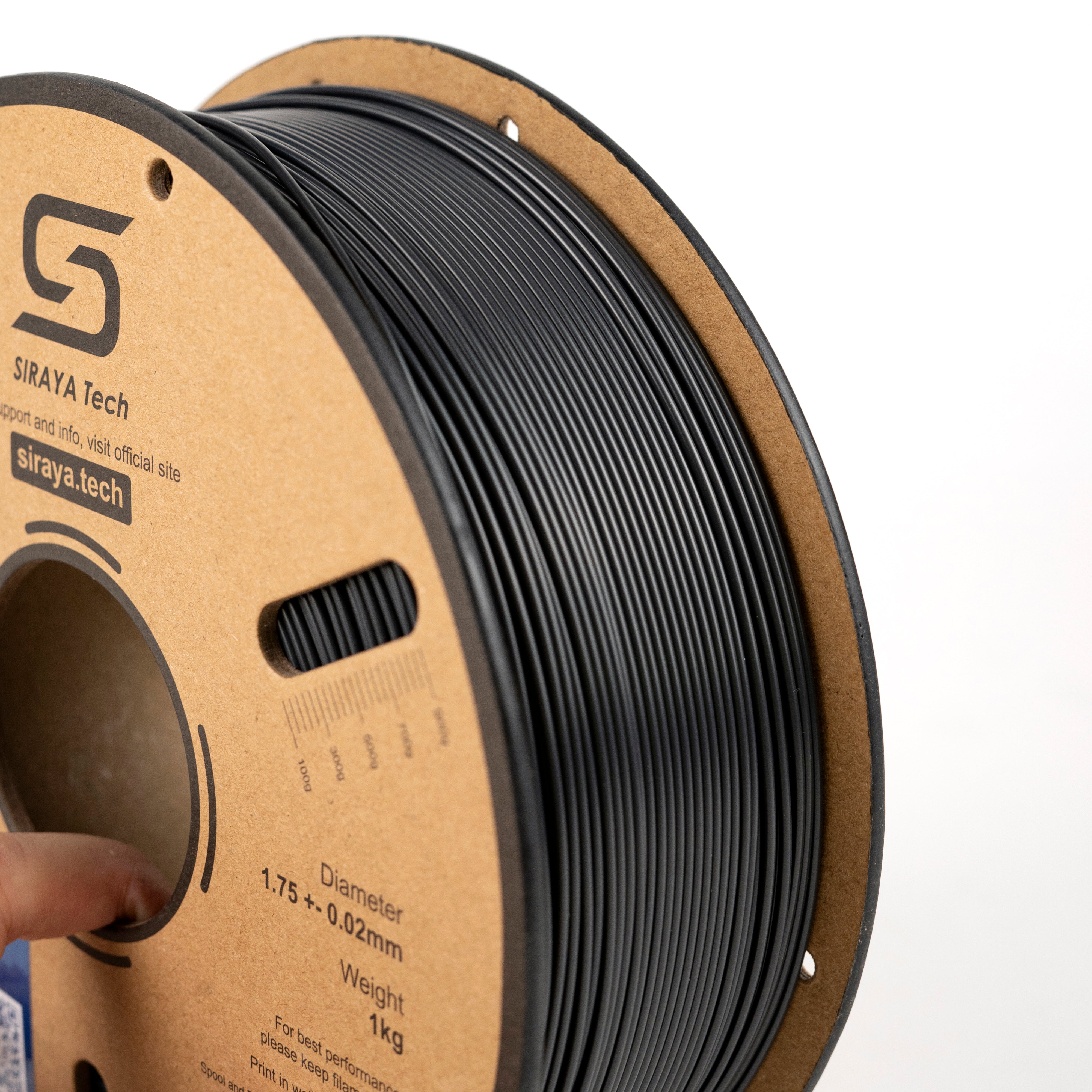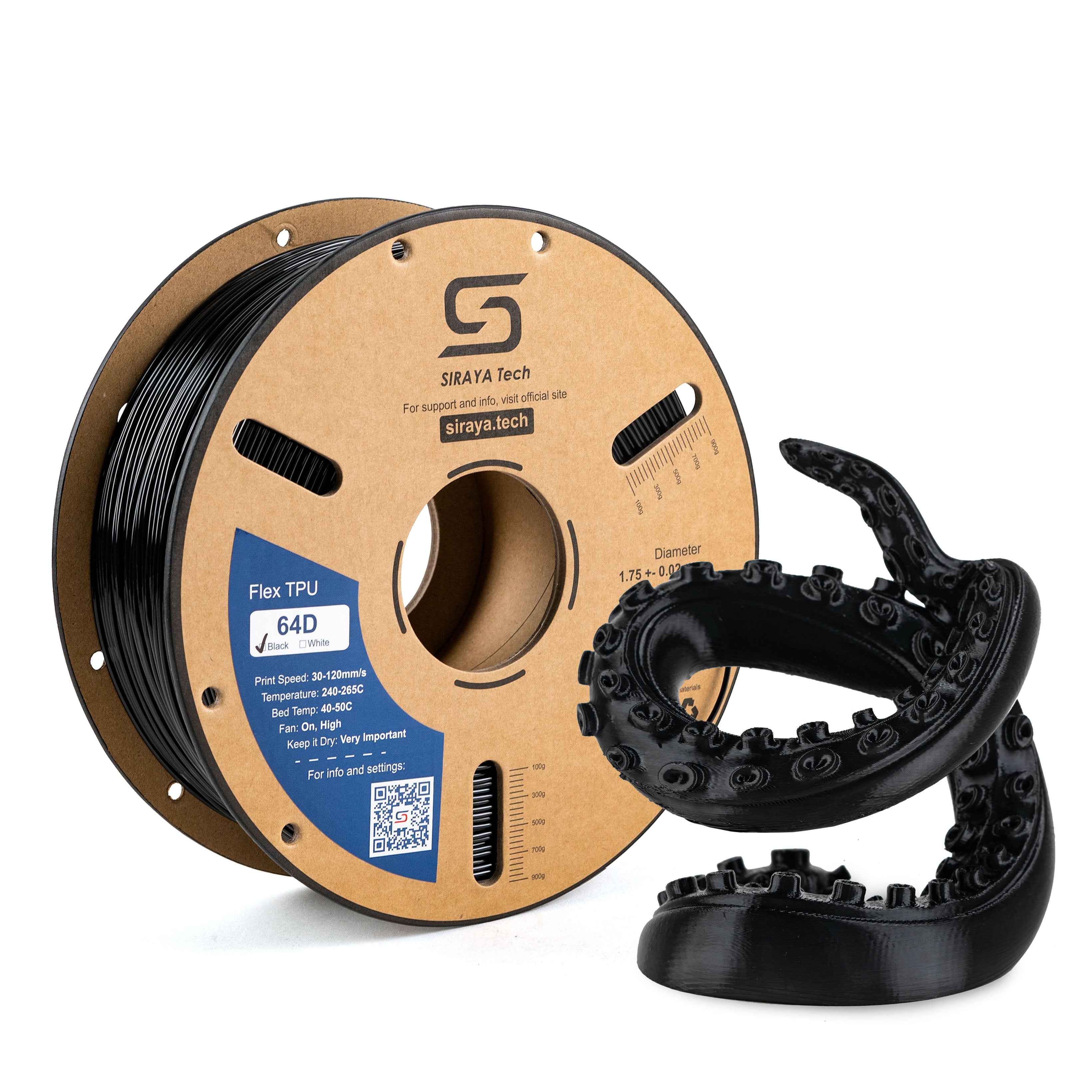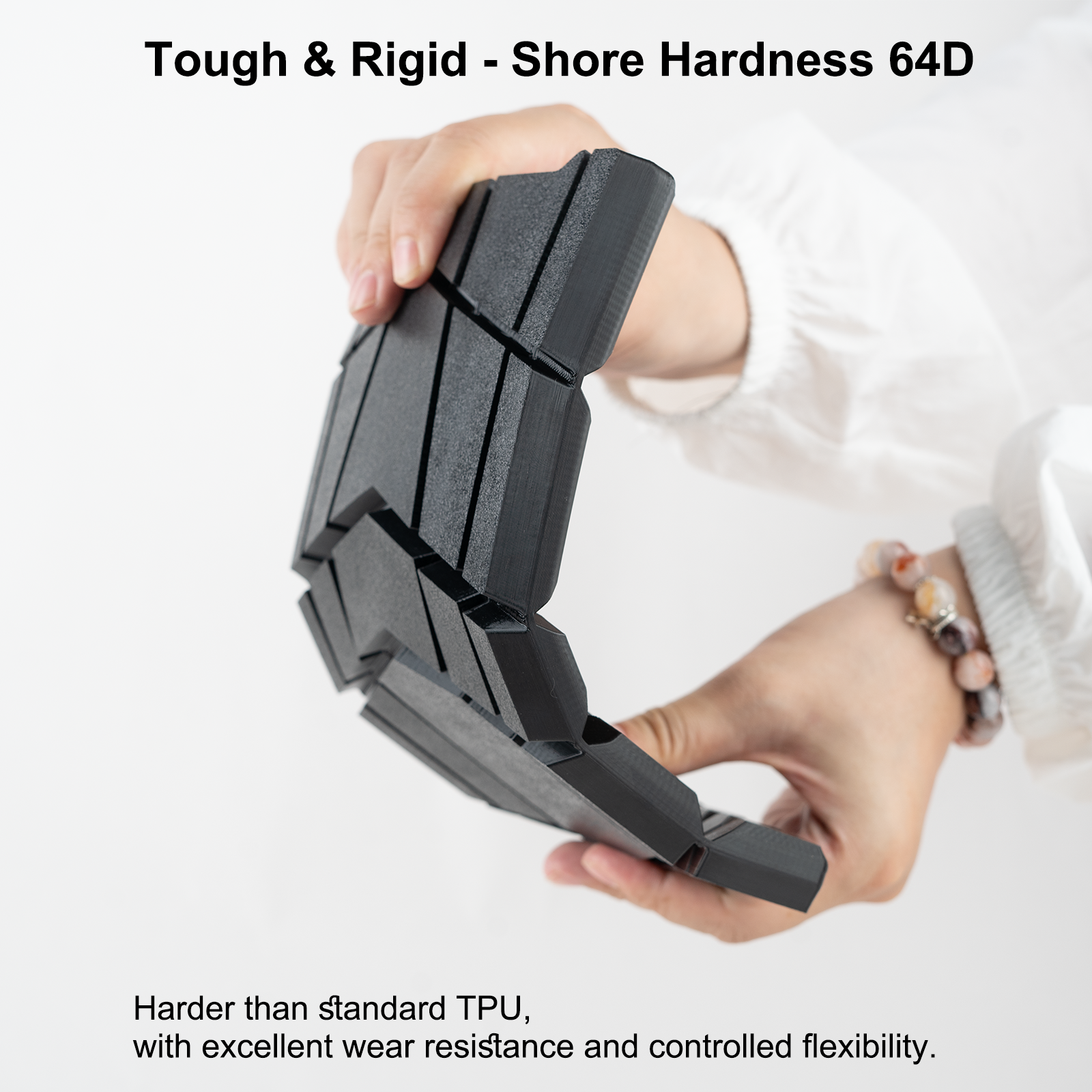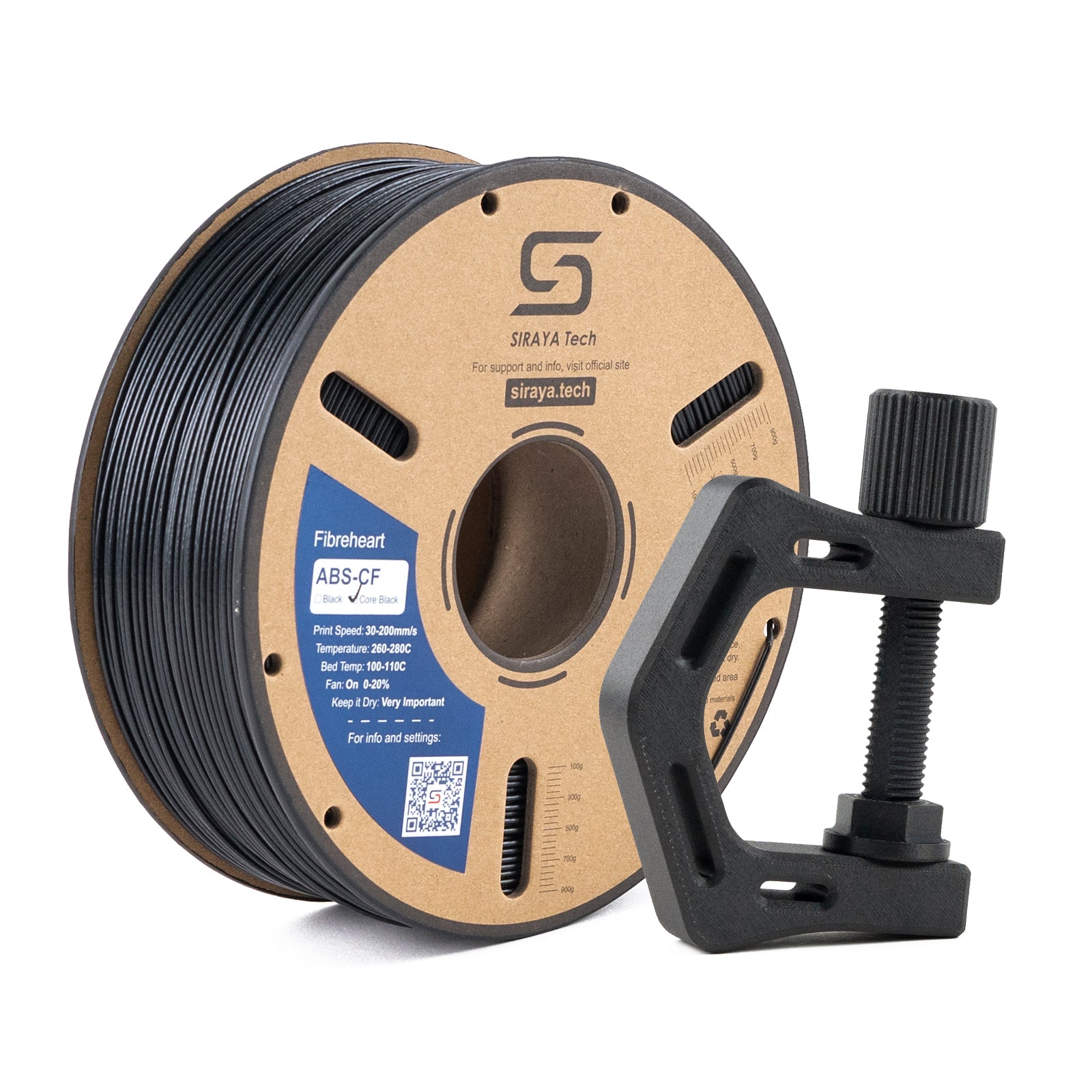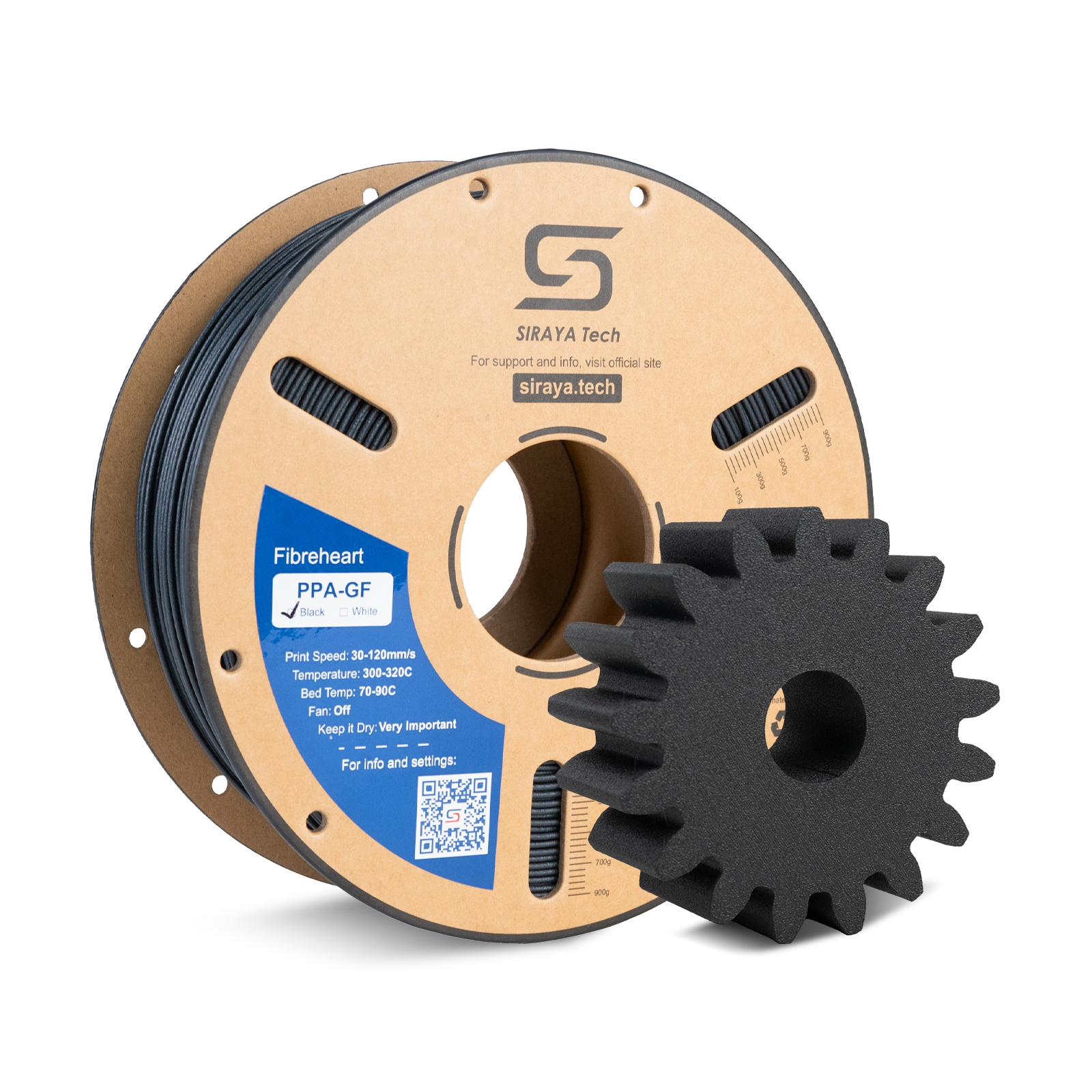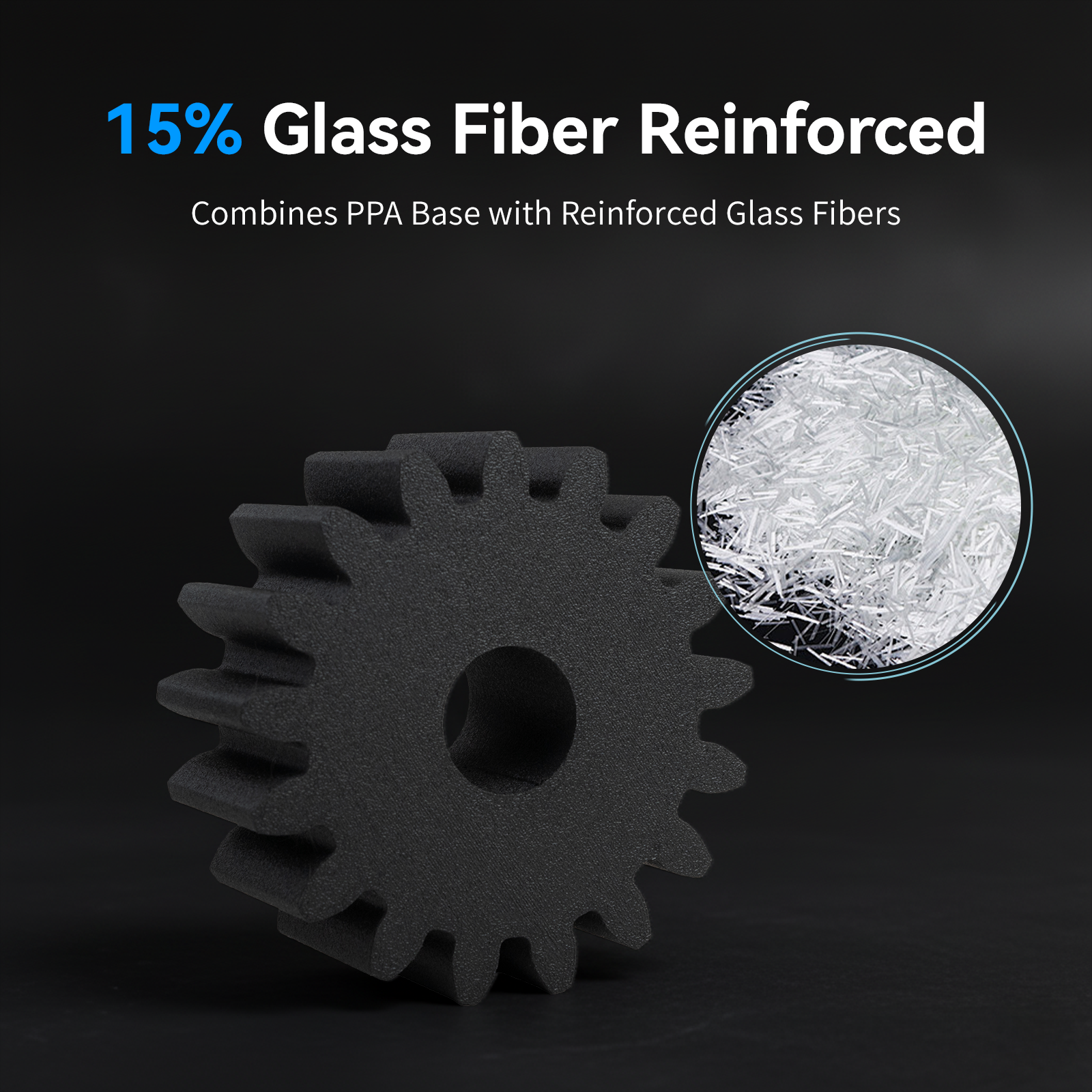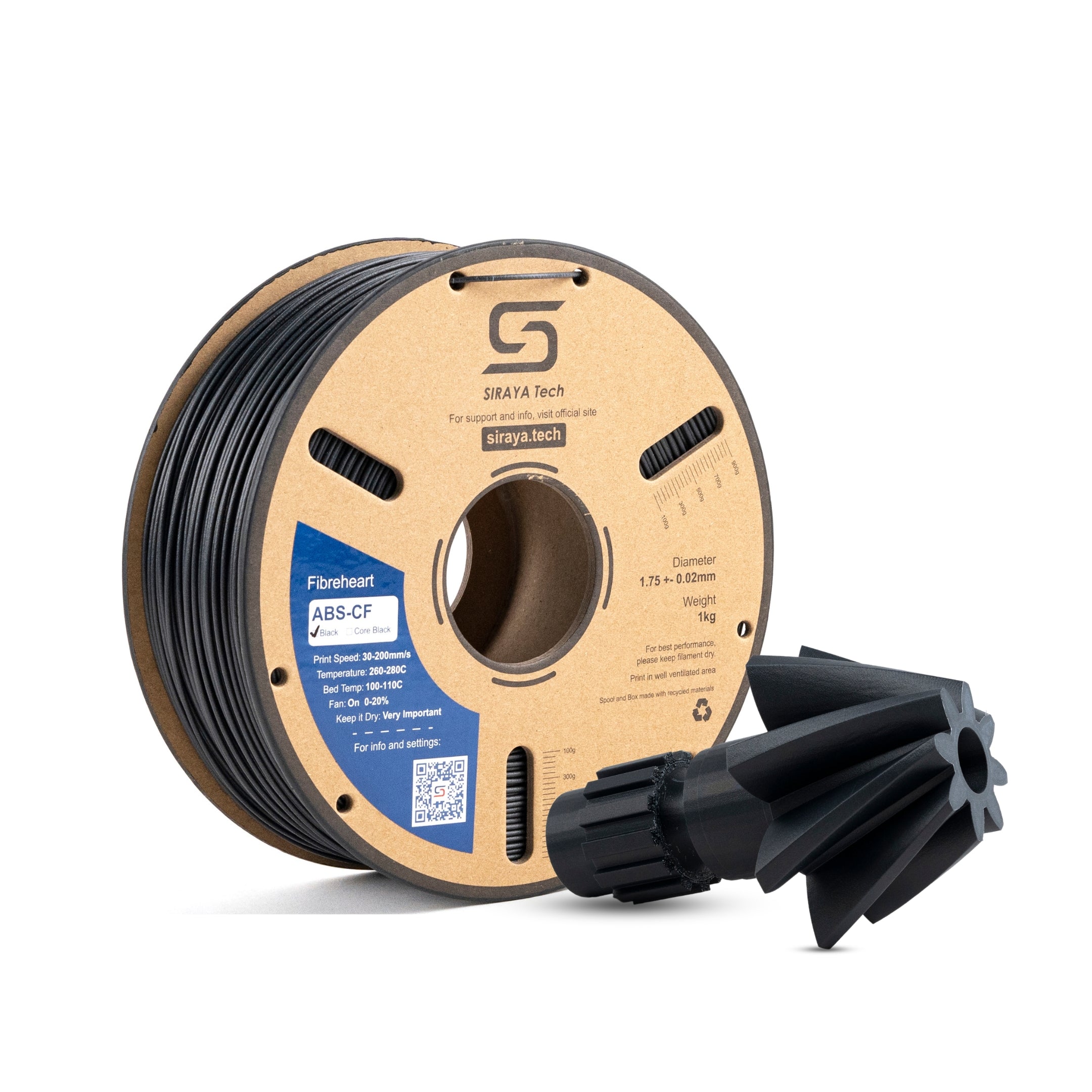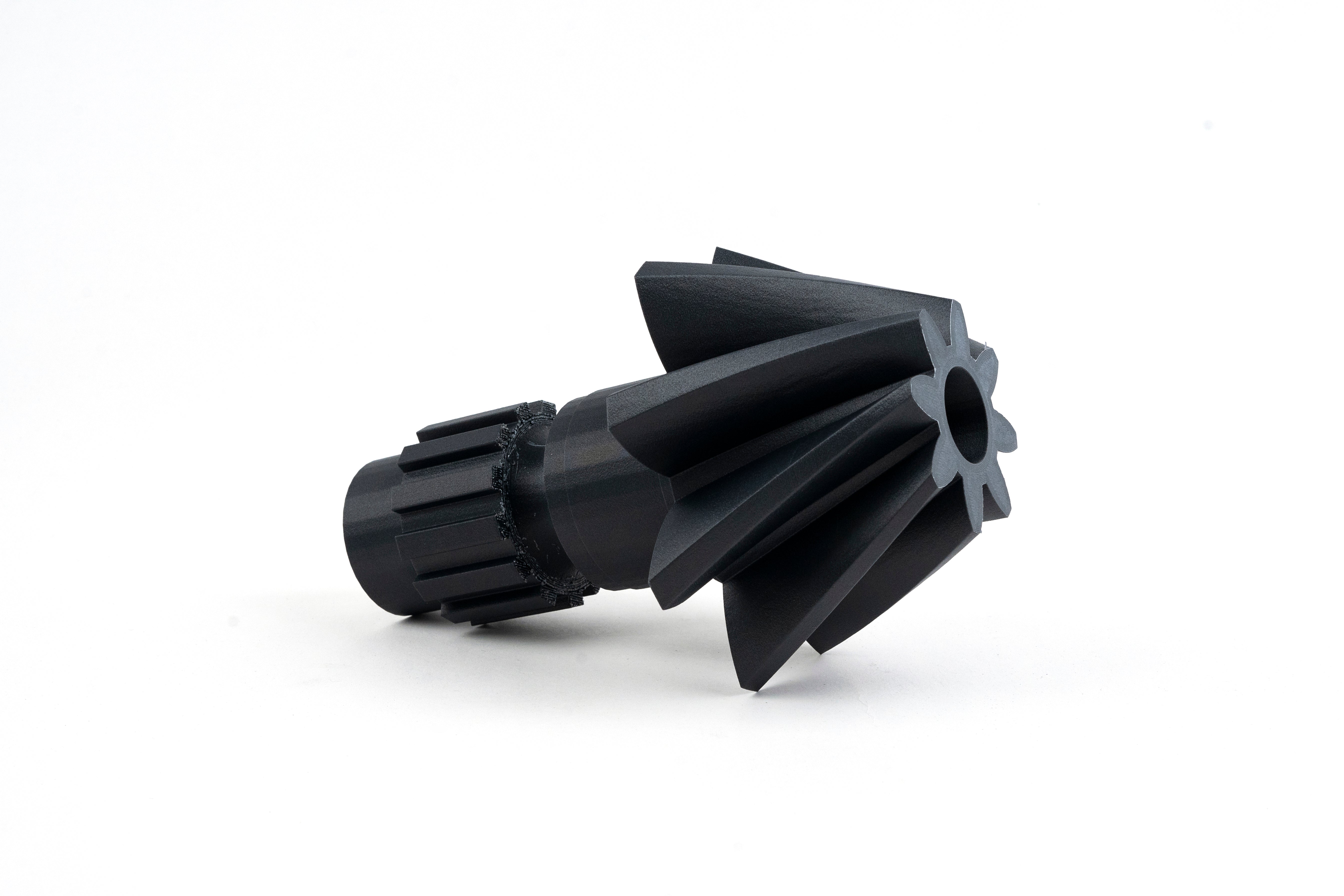Recently viewed
Siraya filament refills make it easy to keep your 3D printing projects moving while helping you cut down on waste. Instead of tossing out empty spools, simply refill them with fresh, high-quality filament. It’s a simple, eco-friendly way to print more and waste less.
Whether you’re a hobbyist or a professional maker, filament refills give you the freedom to print continuously without running out of material mid-project. Plus, they help keep your workspace cleaner and more organized.
Why Choose Filament Refills
Refilling your filament spools isn’t just good for the planet, it’s smart for your wallet too. With Siraya filament refills, you get the same reliable quality you expect, minus the extra plastic waste.
- ✅ Less waste, more printing
- ✅ Cost-effective and sustainable
- ✅ Works with most reusable spools
Filament refills are perfect for anyone who values both performance and sustainability. You’ll get consistent extrusion, smooth finishes, and dependable results every time.
Everyday Uses for Filament Refills
Filament refills are ideal for a wide range of projects, from functional prototypes to creative crafts. They’re great for classrooms, makerspaces, and small businesses that print often and want to reduce their environmental footprint.
- ✅ Perfect for continuous printing projects
- ✅ Great for bulk printing and prototyping
- ✅ Helps keep your workspace organized and green
With Siraya’s high-quality refill options, you can print confidently knowing your materials are designed for smooth feeding and consistent output.
Built for Reliable, Sustainable Printing
Siraya filament refills are made for makers who care about quality and sustainability. Each refill is carefully wound to prevent tangles and ensure a steady flow through your printer.
- ✅ Consistent diameter for smooth extrusion
- ✅ Compatible with standard spool holders
- ✅ Trusted by makers and professionals alike
This means fewer print issues, less downtime, and more time creating what you love.
Lightweight, Compact, and Easy to Store
One of the best things about filament refills is how easy they are to store and handle. Without bulky plastic spools, they take up less space and are easier to ship.
- ✅ Compact packaging for easy storage
- ✅ Reduced shipping waste
-
✅ Ideal for small studios and workshops
Just load your refill onto a reusable spool, and you’re ready to print.
Keep Creating with Siraya’s High-Quality Materials
At Siraya, we’re all about giving makers the best materials to bring their ideas to life. From 3D printing filaments to UV resins and platinum silicone for crafting, our products are built to perform and inspire.
More Materials Worth Exploring from Siraya
✨ PETG Filament Collection – Smooth, durable, and easy to print for everyday projects.
✨ Engineering Resin Collection – Strong and impact-resistant resins for functional prints.
✨ Silicone Collection – Flexible, high-performance silicone for molds and crafts.
✨ Flex TPU Filament Collection – Flexible TPU blends for durable, bendable parts.
Frequently Asked Questions on Filament Refills
What is PPA filament good for?
PPA filament is great for printing strong, heat-resistant parts that need to handle stress and high temperatures. It’s often used in automotive, industrial, and mechanical applications. PPA offers excellent strength, stiffness, and chemical resistance.
Can you use 1.75 filament in a 2.85 printer?
No, you can’t use 1.75 mm filament in a 2.85 mm printer because the diameter difference will cause feeding issues. Each printer is designed for a specific filament size. Always match your filament diameter to your printer’s specifications.
Can you revive old PLA filament?
Yes, you can revive old PLA filament by drying it to remove moisture. Use a filament dryer or an oven set to a low temperature for a few hours. This helps restore smooth extrusion and prevents brittle or bubbly prints.
How to refill a filament spool?
To refill a filament spool, remove any leftover material and attach the new refill filament onto your reusable spool. Secure the filament ends to prevent tangling and load it into your printer. Make sure the filament feeds smoothly before starting your print.

